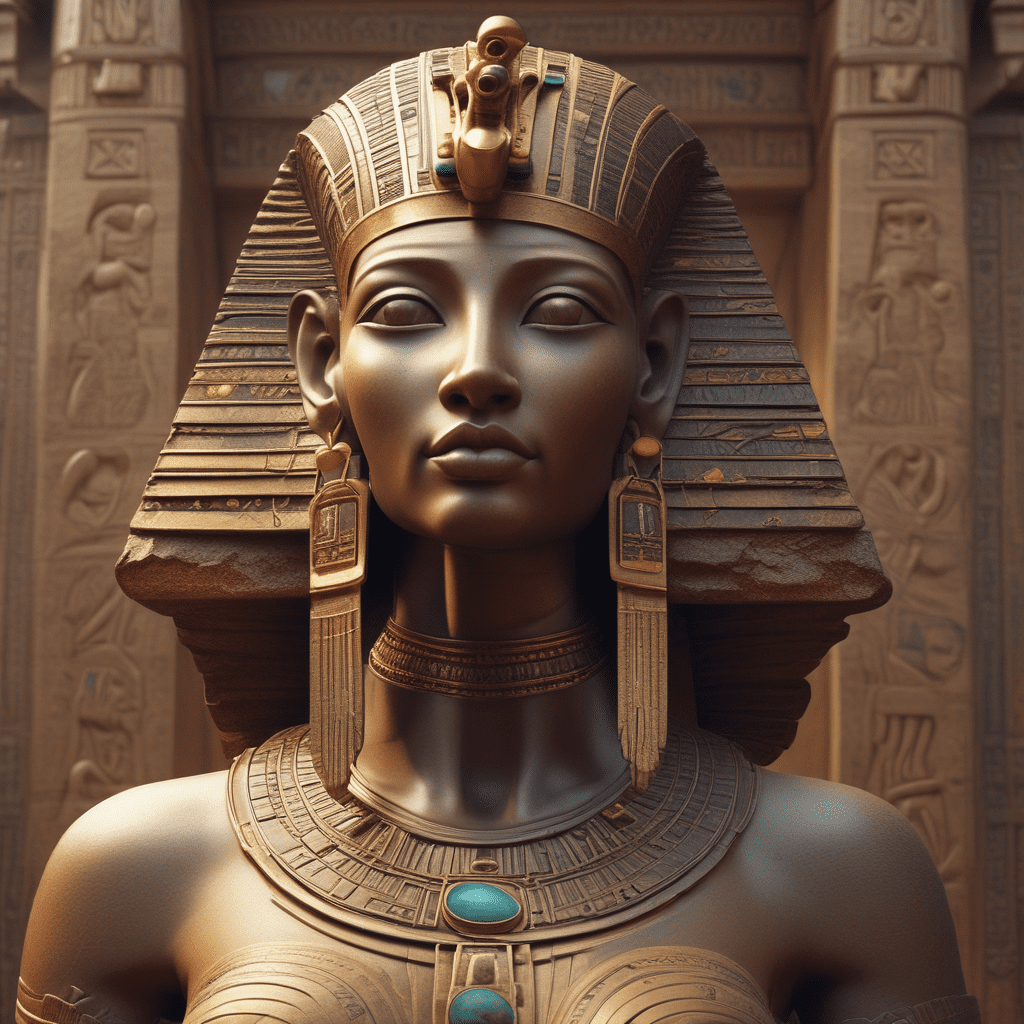The Myth of the Goddess Tefnut in Ancient Egypt
The Egyptian pantheon is rich with deities, each with their own significance and stories. Among these is Tefnut, the goddess of moisture, water, and fertility. Let’s dive into the captivating myth surrounding the divine figure of Tefnut in Ancient Egypt.
Who Was Tefnut?
In Egyptian mythology, Tefnut was often depicted as a lioness or a woman with the head of a lioness. She was considered one of the oldest deities, daughter of the sun god Ra and sister of the god of air, Shu. Tefnut symbolized the primal forces of nature, embodying both the nurturing aspects of moisture and the destructive forces of rainstorms and floods.
The Myth of Separation
One of the most prominent myths featuring Tefnut is the “Myth of Separation.” According to legend, Tefnut, along with her brother Shu, were tasked by Ra to create order out of the primordial chaos. However, Tefnut grew displeased with the world and left Egypt to wander in Nubia. Her absence caused turmoil and dryness in the land.
Return of Tefnut
In order to restore balance, Ra sent the god Thoth to convince Tefnut to return. Overjoyed by Thoth’s negotiations and promises, Tefnut was adorned again with her status and welcomed back. Her return brought moisture and fertility back to Egypt, highlighting her crucial role as the life-bringer and sustainer.
The Symbolism of Tefnut
Tefnut’s story symbolizes the cyclical nature of life, the importance of balance, and the power of rejuvenation. She is revered for her ability to bring life-giving rains and nourishment to the land, showcasing both the gentle and fierce aspects of nature.
FAQ about the Myth of the Goddess Tefnut in Ancient Egypt
Who was the Goddess Tefnut in Ancient Egyptian mythology?
Tefnut was a vital deity in Ancient Egyptian mythology, often depicted as a lioness or a woman with the head of a lioness. She represented moisture and was associated with the element of water.
What was the role of Goddess Tefnut in Ancient Egypt?
Goddess Tefnut was believed to bring the moisture necessary for life and growth. She symbolized the primordial essence of water and was considered a vital force in creation and sustaining life.
Did Goddess Tefnut have any family ties in Egyptian mythology?
Yes, in Egyptian mythology, Tefnut was the daughter of the sun god Ra and the sky goddess Nut. She was also the sister and wife of Shu, the god of air.
How did the Myth of Tefnut influence Ancient Egyptian beliefs?
The myth of Tefnut emphasized the importance of balance and harmony in nature, highlighting the significance of water for sustaining life. It also symbolized the cyclical nature of creation and the essential roles of deities in maintaining cosmic order.




